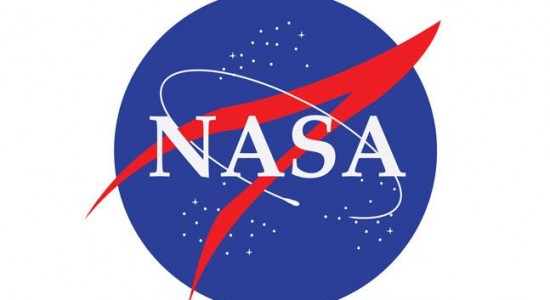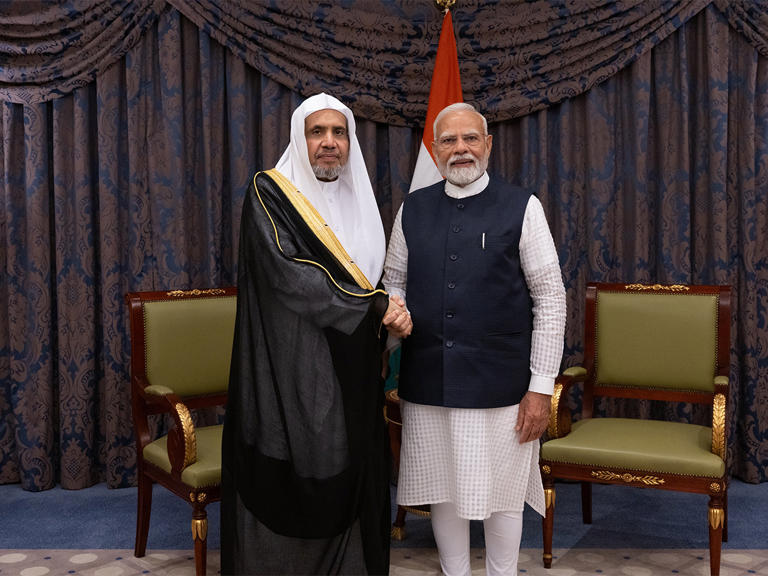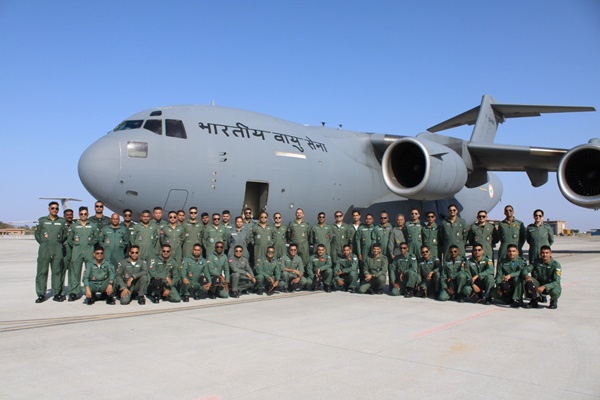NASA cargo mission with key science supplies on way to ISS

Carrying 7,500 pounds
(3,400 kg) of key science research, the Orbital ATK Cygnus spacecraft is
currently on it way to the International Space Station (ISS).
Lifted off aboard a United Launch Alliance Atlas V rocket from Space Launch Complex 41 at Cape Canaveral Air Force Station on Wednesday, the Orbital ATK Cygnus spacecraft has a new EVA spacesuit, clothing, food, spare parts and several key research.
According to the US space agency, the lift-off occurred under perfect weather conditions and without any technical difficulties.The flight will deliver investigations to the space station to study fire, meteors, regolith, adhesion and 3D printing in microgravity.
The “Saffire-I” investigation will provide a new way to study a realistic fire on an exploration vehicle, which has not been possible in the past because the risks for performing such studies on manned spacecraft are too high.
Instruments on the returning Cygnus will measure flame growth, oxygen use and more.Results could determine microgravity flammability limits for several spacecraft materials, help to validate NASA’s material selection criteria, and help scientists understand how microgravity and limited oxygen affect flame size.
A less heated
investigation called “Meteor Composition Determination” will enable the
first
space-based observations of meteors entering Earth’s atmosphere from space, the
US space agency said in a statement.
A more “grounded” Strata-1 probe will study the properties and behaviour of regolith - the impact-shattered “soil” found on asteroids, comets, the Moon and other airless worlds.
From grounded to gripping, another investigation launching takes its inspiration from small lizards. The “Gecko Gripper” investigation tests a gecko-adhesive gripping device that can stick on command in the harsh environment of space.
Once adhered, the gripper can bear loads up to 20 pounds. The gripper can remain in place indefinitely and can also be easily removed and reused.
From adhesion to additive, the new Additive Manufacturing Facility (AMF) will also be part of the cargo. Additive manufacturing (3D printing) is the process of building a part layer-by-layer, with an efficient use of the material.
The facility is capable of producing parts out of a wide variety of space-rated composites, including engineered plastics.
The ability to manufacture on the orbiting laboratory enables on-demand repair and production capability, as well as essential research for manufacturing on long-term missions.
AIMIM News
Latest Urdu News
Most Viewed
Do you think Canada-India relations will improve under New PM Mark Carney?










































